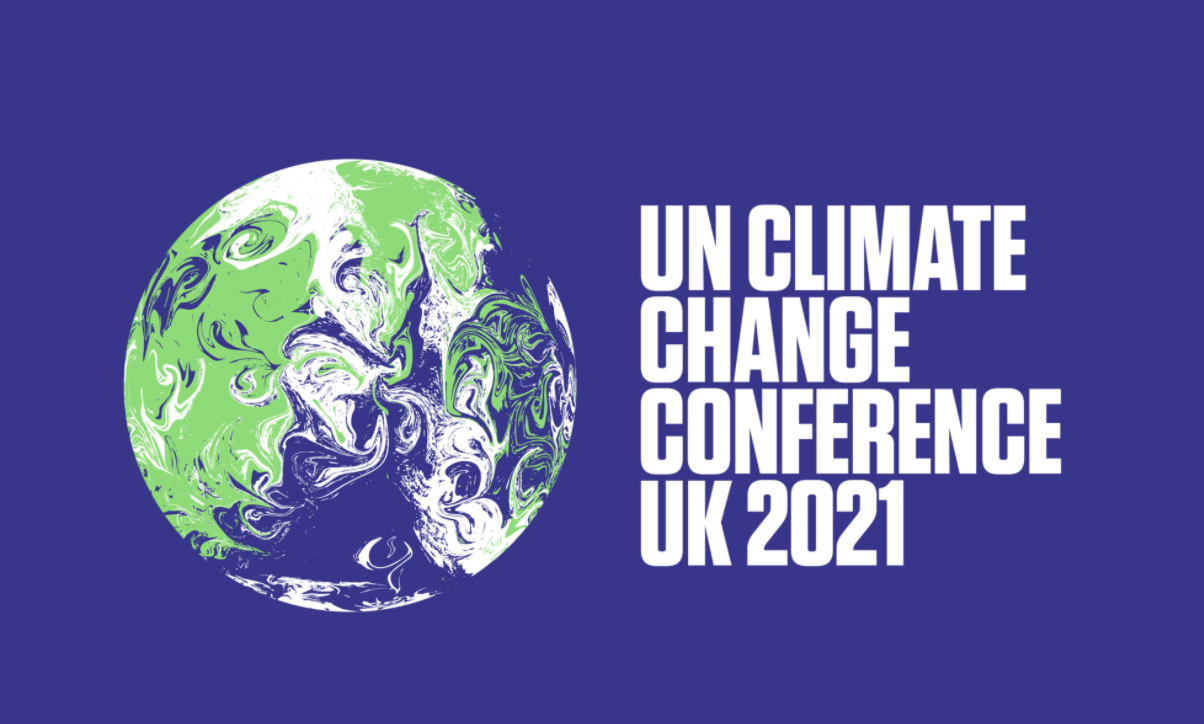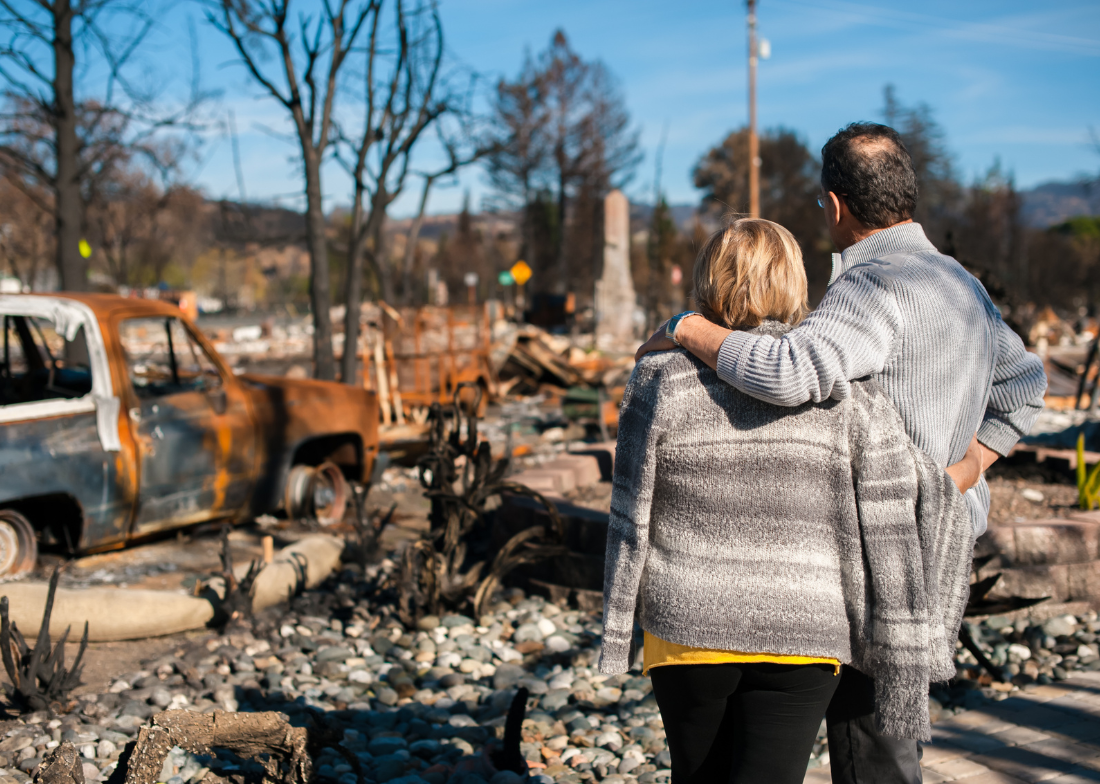COP26 101
|
September 19, 2021

What is COP26?
“COP” stands for Conference of Parties and refers to the annual UN conference on climate change. The annual conference was solidified in 1994 when hundreds of countries signed the United Nations Framework Convention on Climate Change. This year will mark the 26th conference and will be held in Glasgow, UK, at the Scottish Event Campus, from November 1-12.
The conference will host many world, organization and business leaders, experts, scientists,researchers and even concerned members of the public. In addition to the official event schedule, many people and organizations gather outside of the conference’s premises to further push for the issues and goals they believe are relevant and necessary for the world leaders attending to enact.
A brief history of UN climate conferences
After adopting the United Nations Framework Convention on Climate Change in 1994, the first climate conference, COP1, was held in Berlin in 1995. Member countries continued negotiations until signing the landmark Kyoto Protocol in 1997. The Kyoto Protocol is a legally binding treaty that is designed to hold various countries to set emissions reduction targets. There are currently 192 countries who are members of the Kyoto Protocol and 197 countries who are member countries of the Parties to the Convention.
The well-known “Paris Climate Agreement” was adopted by member parties at COP21 in 2015. The Paris Climate Agreement was intended to re-establish and strengthen a commitment to combat climate change with the principle goal of maintaining the rise of global temperature below 2 degrees Celsius.
COP26 was originally meant to be held in 2020, but was postponed to this year, 2021, due to concerns about the spread of the COVID-19 virus. This shift has been crucial for a few reasons. One huge reason, particularly relevant to us here in the U.S., is that the U.S. is not in the midst of a Presidential election as it was a year ago. This may mean that the U.S. is in a position to have a bigger and more engaged presence at COP26 than it would have if it had taken place in 2020.
Who’s going?
There are three categories of people who can attend the official events of COP26: representatives of Parties to the Convention (or member countries) and Observer States, representatives of organizations, and the press.
There are over 200 countries who are currently Parties to the Convention who will be in attendance along with thousands of representatives from the press and Non-Governmental Organizations. Members of the public may be able to attend either through an observer organization, volunteering, or by hosting a side event and/or performance. The time has now closed to apply for official consideration to host a side event, however, these side events are often free-of-charge and open to the public.
In attendance, many eyes are on China and the US. After re-entering the Paris Climate Agreement in a move counter to his predecessor, President Biden has high expectations from the world to ensure that the US returns to the global climate stage as a strong leader of bold climate action. The US has been in deep negotiations with China, trying to persuade the country to commit to more aggressive climate action in preparation for COP26. China is currently the world’s largest polluter, making it the center of much of the international climate debate.
Who’s NOT going (or not being heard)?
Many people criticize the UN’s climate conferences for historically and systematically excluding countries, communities and demographics which will face the most devastating consequences of the climate emergency from the most crucial decisions around combatting the crisis.
The organizers of COP26 have received ample backlash for choosing to employ an all-male team to host the critical climate conference despite plenty of evidence that women internationally face the worst consequences of climate change at a disproportionate rate. As reported by The Guardian, one such critic, Muna Suleiman – a campaigner for Friends of the Earth – detailed her upset by stating, “Women and children are 14 times more likely than men to suffer direct impacts of natural disasters and climate breakdown, yet are regularly shut out of the decision-making that’s supposed to change things.” Not only is this unfair but the worry is that the deliberate exclusion of women will leave the conference with blindspots. Bianca Pitt, an organizer for She Changes Climate – aimed at addressing this discrepancy – explained that “‘Agriculture, land use, fashion and carbon removal are not on the COP agenda’” and that if the conferences were going to be effective, “…it’s so important that women are there to provide more lateral thinking.’”
Also historically excluded from major decisions at these climate conferences are the voices of the Global South. Countries in the Global South are already bearing — and will continue to bear — the brunt of the climate emergency. Moreover, with less power, influence and wealth, representatives from these nations are often sidelined. NGO’s from the global South accounted for only 25% of the world’s NGO in attendance at COP21 in Paris. This may only grow worse at COP26 as COVID-19 restrictions threaten to disproportionately impact countries from the Global South. Vaccinations, hotel quarantine stays, and travel restrictions will all exacerbate wealth discrepancies between countries and their access to attend and actively participate at COP26.
US Goals
The main thing to watch out for in terms of US engagement at COP26 is whether or not President Biden is acting as a leader of climate action on the global stage. The President made bold campaign promises to act as a model for other countries and encourage them to take equally bold climate action. Just a few months ago, in a conference of world leaders surrounding climate change that President Biden called himself, he promised to put the US on track to reduce US greenhouse gas emissions by 50-52% by 2030 compared to 2005 levels. He is expected to act in accordance with that promise and hold other similarly positioned countries to similar standards.
Sources
https://www.nationalgrid.com/responsibility/environment/cop26
https://unfccc.int/process-and-meetings/conferences/glasgow-climate-change-conference
https://unfccc.int/process/the-convention/history-of-the-convention
https://unfccc.int/calendar/events-list
https://unfccc.int/process/parties-non-party-stakeholders/parties-convention-and-observer-states
https://www.climateandcapitalmedia.com/ahead-of-cop26-activists-ask-where-are-the-women/
https://larutadelclima.org/cop26-global-south/
Want to read more from ACE? Check out our Blog.
Join our Youth Action Network
More Blog Posts

Unnatural, Not Unprecedented
For two weeks, residents of Southern California endured a waking nightmare. Parents raced against time – hurrying down the driveway …
Read MoreCrafting a Vision for the Future: My Experience at LCOY USA 2024
Dry and sunny Tempe, Arizona where temperatures have been over 100 F for 113 consecutive days, delegates gathered to attend …
Read More
7 Ways to Weatherproof Your Home on the Cheap (+1 Not-So-Cheap)
As colder weather sets in, understanding how to weatherproof your home is key to maintaining warmth and reducing energy costs. …
Read More